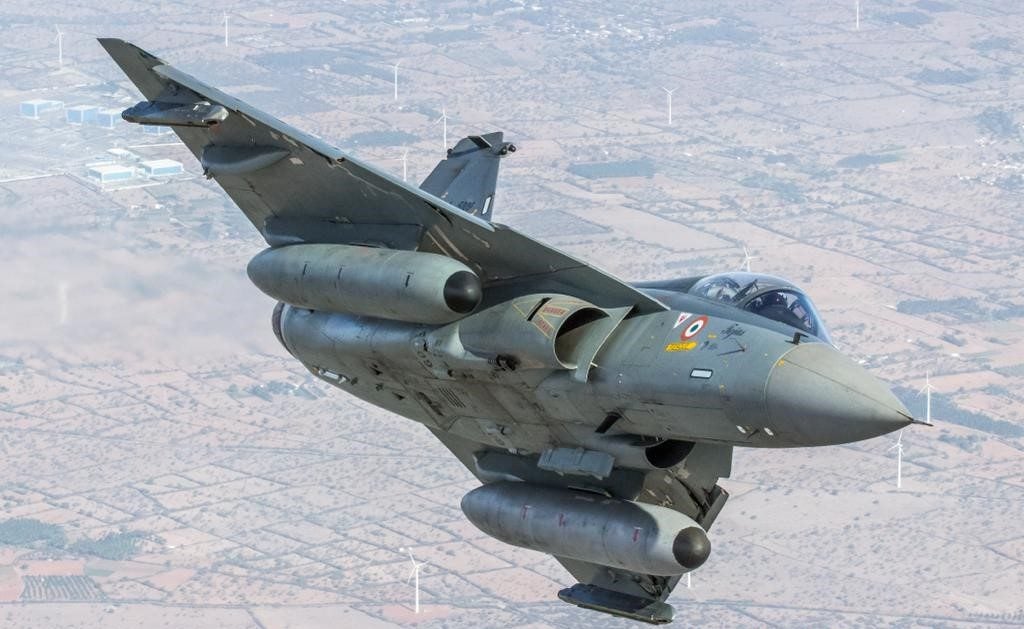The Indian Ministry of Defence announced 23 August that the Indian Air Force (IAF) had received delivery of all Light Combat Aircraft (LCA) Mk 1 fighter variants, and had used the jets to complete a successful test fire of the Astra Beyond Visual Range Air-to-Air Missile (BVR-AAM).
The test launch was completed off the coast of Goa on 23 August, with a release of the missile carried out at an altitude of 20,000ft. The Astra is a BVR-AAM developed by India’s Defence Research and Development Laboratory and Research Centre Imarat with the aim of affecting highly manoeuvrable supersonic targets.
The announcement of the delivery of the LCA fleet came about during a review of the LCA programme by Chief of Air Staff Air Chief Marshal VR Chaudhari.
The Indian Ministry of Defence review also stated that a further 83 LCA Mk 1-A aircraft were to be inducted into a newly raised squadron early next year.
The Tejas LCA fighter jet is a supersonic combat fighter manufactured by Hindustan Aeronautics Limited (HAL), that first entered service in the IAF in 2016.
As well as a a 23mm twin barrelled Gah-23 gun, it has eight external hard points that can be armed with air-to-air, air-to-ground and anti-ship missiles, precisions guided munitions, rockets, and bombs.
The Astra BVR-AAM, also designed by HAL, first completed its development trials in 2018. The 3.8m-long weapon system features high single-shot kill probability and is capable of operating under adverse weather conditions.
With a diameter of 178mm, the missile has an overall launch weight of 160kg. The airborne launcher can be used with a wide range of fighter aircraft.
Astra was manufactured and integrated on to the Russia-built Sukhoi Su-30 fighter jet and other aircraft platforms by the Defence Research and Development Organisation, with the active participation of the IAF.









